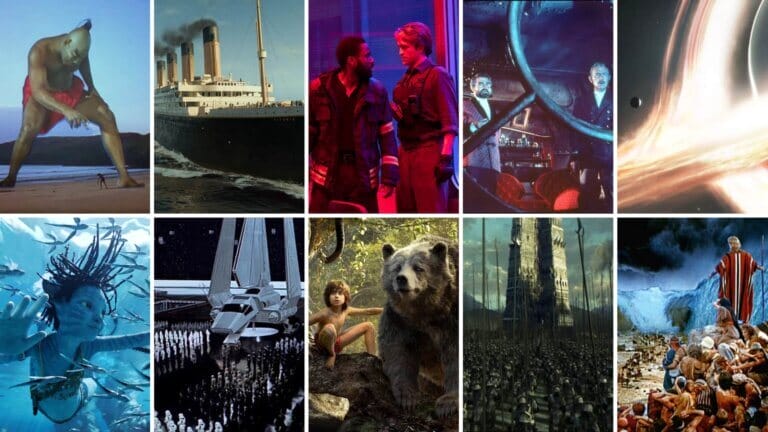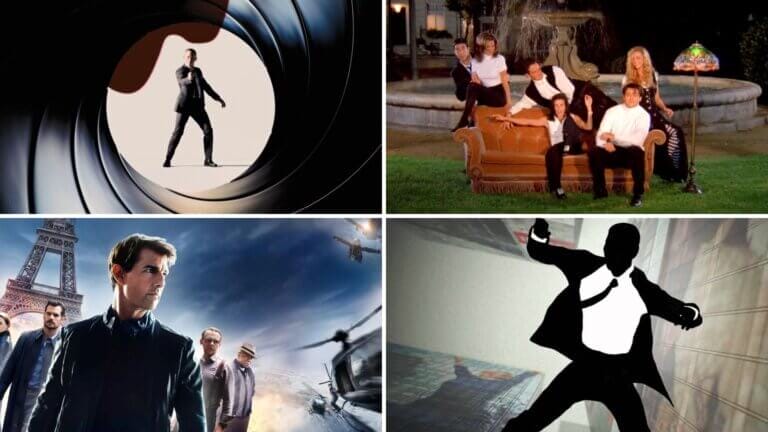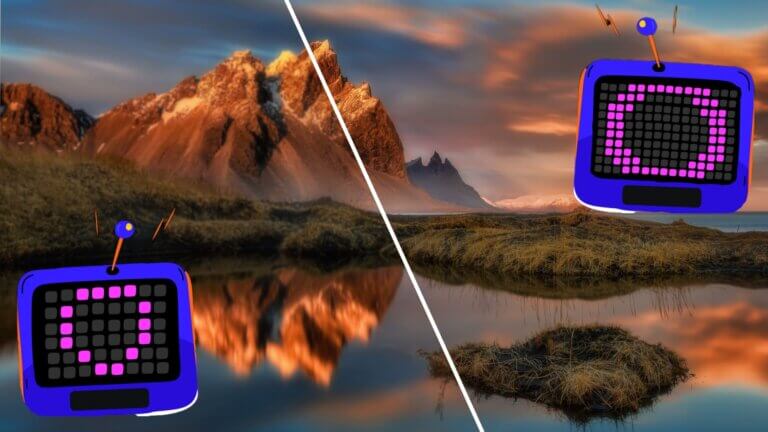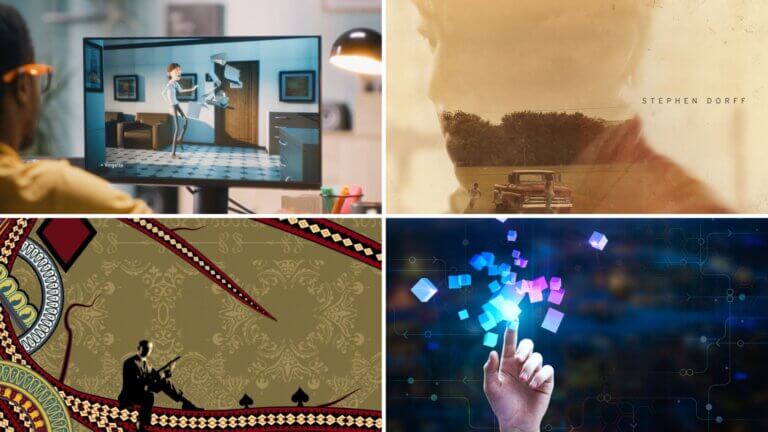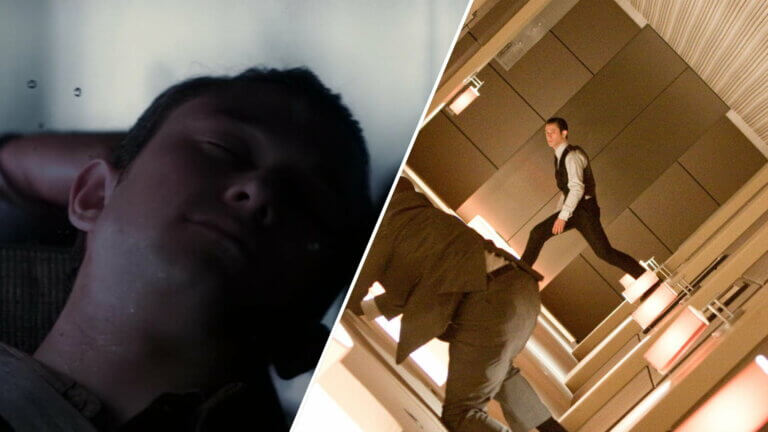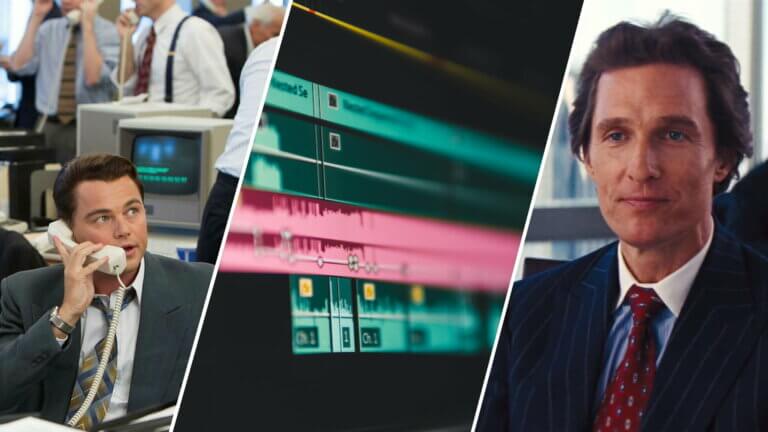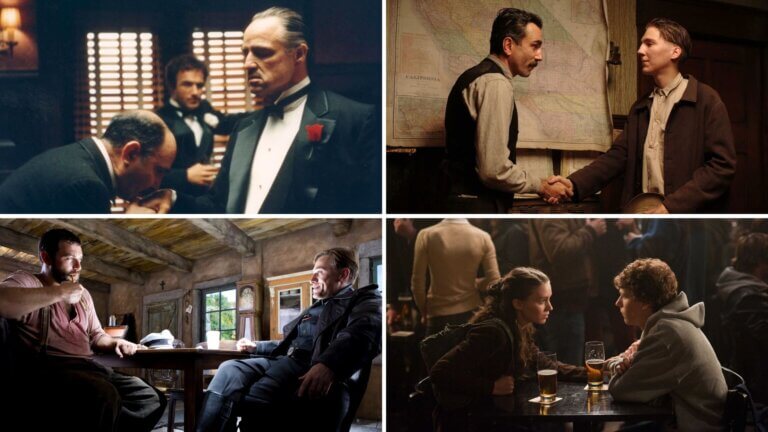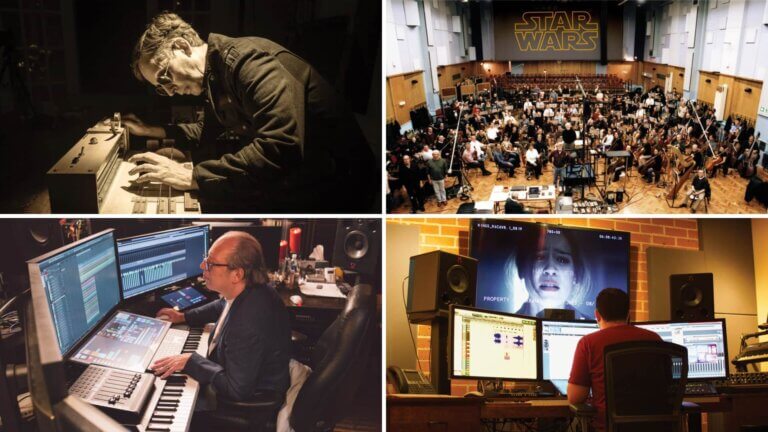The world of cinema has always been a magical place where our wildest dreams and imagination come to life on the big screen. A significant part of this enchantment lies in the groundbreaking visual effects (VFX) that transport us to other worlds, create awe-inspiring creatures, and make the impossible seem possible. In this article, we'll take you on a cinematic journey through the full list of Academy Award winners for Best VFX and highlight the top 10 films that have left an indelible mark on the history of cinema with their astonishing visual effects. Let's dive in. Continue reading…
A theme song can be the defining sound of a television show, movie, or even a personal brand. It's a melodic and catchy tune that encapsulates the essence, mood, and tone of the subject it represents. Its importance is often underestimated, yet its power is undeniable. This article will delve into the significance of a theme song, exploring its role and impact in various contexts. Continue reading What is a Theme Song — How Music Sets the Stage
Have you ever been watching a video or live stream and experienced buffering, stuttering, or diminished video quality? If you have, you may have been encountering a video bitrate issue. But what is video bitrate? And what does bitrate mean? We’re going to answer those questions by examining video bitrates, their best speeds, best uses, and more. By the end, you’ll know what bitrate means and how to effectively use it on your own. Continue reading What is Video Bitrate — Everything You Should Know
You see them on every screen, whether you’re aware of it or not—the best ones communicate information so seamlessly you might not even notice any visual interruption. From “explainer” videos to cable news lower thirds, motion graphics have a place in nearly every type of video content. In this post, we’ll look at what is motion graphics exactly and how you can bring them into your own work.Continue reading What is Motion Graphics — Definition, Examples & Types
There are countless ways to cut a movie. Sometimes it’s best to do straight-forward, continuity editing– one scene happens, then the next. But sometimes, a less obvious editing technique can bring a sequence to life. Parallel editing is one of these unique editing forms that can elevate a movie, drawing comparisons and heightening suspense. So what is parallel editing in film? How can it be used?Continue reading What is Parallel Editing in Film — And Why Editors Use It
The humble film slate, scuffed and scratched and tossed casually aside between setups, is actually a very important piece of equipment that no film set should ever be without. In this post, we’re going to give you an insider’s tour of the slate, officially known as a clapperboard. We’ll show you how to use a film slate on set, including how to mark the slate properly. We’ll also advise you on how to slate correctly for the camera so you’ll know what you’re doing right from the first take. Continue reading The Clapperboard Explained — How to Use a Film…
Are you having trouble transitioning from one scene to the next? Maybe you feel like there’s something missing in the cut. Or maybe the cut is just far too abrupt and distracting. Sound bridges are an incredible editing technique that can be found in nearly every film you’ve seen. What is a sound bridge in film and how is it used? In this article, we’ll take a look at various ways filmmakers use sound bridges to tell their stories and move them along in an engaging way. Continue reading What is a Sound Bridge in Film — Scene Transition Techniques
Great performances, direction, cinematography, and even production design are all essential for creating an engaging dialogue scene. But one of the most important aspects of a great dialogue scene is effective editing. Editing can make or break a dialogue scene even if all of the other filmmaking elements fall into place. So how do you edit a dialogue scene? What editing techniques can be used so that a dialogue scene stays interesting and engaging? We’ll learn how to edit a dialogue scene and what techniques go into a great dialogue scene in this article. Continue reading How to Edit a Dialogue Scene…
Subtitles are more than just words at the bottom of the screen; they're a powerful tool that can break language barriers, improve accessibility for the hearing impaired, and promote cultural exchange through cinema. As we explore the intricacies of subtitles, we'll also discover how they have evolved over the years and their significance in today's globalized film industry. So, grab some popcorn and join us as we uncover the magic of subtitles and their role in elevating our movie-watching escapades.Continue reading What are Subtitles — How Subtitles Work in Film & TV
When we think of movies, we usually think of the actors, plot, and cinematography – but what about the music? The soundtrack and score can be just as important as any other aspect of a film. Enter the film composer. What does a composer do, and why are they important in filmmaking? In this blog post, we will be delving into the critical role of a film composer in movie production – from their job duties to how to become a film composer to finding film composer jobs online.Continue reading What is a Film Composer — Job Description Explained
